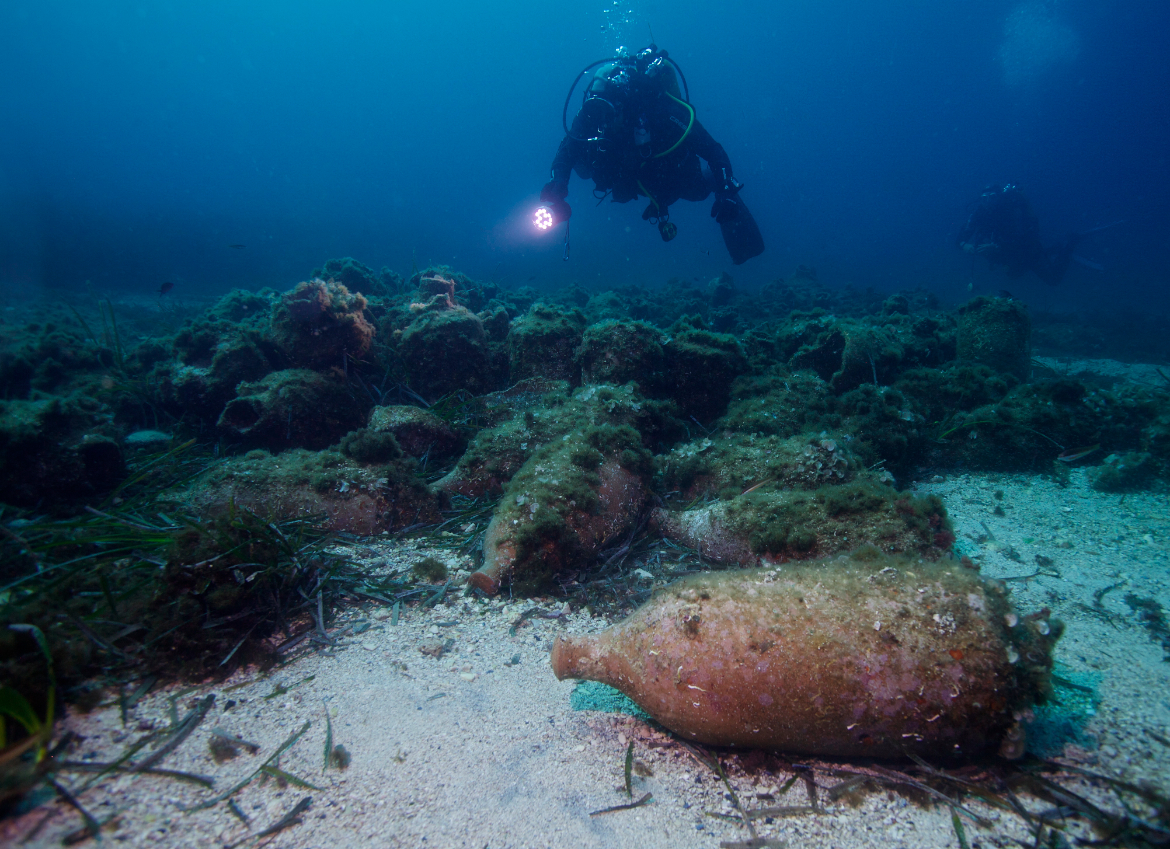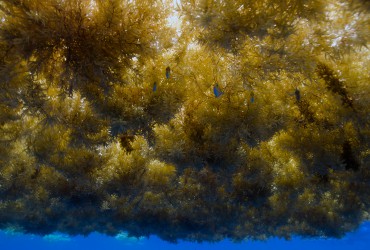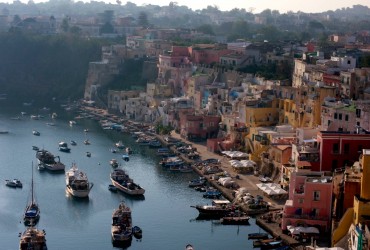At the heart of the Department of Underwater Archaeological Research (DRASSM)
It has been two months already…Two months spent in relatively unsavoury company and I still had no tangible results. I had been stood up, let down, lied to over the phone when I knew for certain that I had an ‘agent’ on the line…But I guess I shouldn’t have been overly surprised, everyone knew that I am a journalist and despite the fact that I would never reveal my sources, I was bound to elicit suspicion.
I had seen garages packed high with amphorae, cases of shards of ancient ceramics, but what really interested me was to follow the trail of this Etruscan wreck that was said to be of inestimable value and which was currently being pillaged.
News travels fast amongst these people… so I hinted that I could also be a go-between and potentially interested in purchasing beautiful pieces for a relation who owns an ancient art gallery in Geneva. But no luck and I was running out of hope that I would ever meet the divers that were so well organized and who were playing a high stakes game of ‘cops and robbers’.
Command of King Francois I, February 1543:
“ Whatever is retrieved from the sea; A third shall belong to the Admiralty, a third to the King or the Lord that sponsored the expedition; and a third shall belong to the one.“
Back in L’Estaque harbour, we were outside the ‘Bunker’, a modern brown metal building, the graffiti-adorned front entrance of which was so overrun by picnicking beachgoers, that we were forced to access the place via the back door.
Many lament the lack of ‘soul’ of the place, Luc Long chief curator of heritage at DRASSM, based in Arles, was one such. “I feel that at the heart of the new DRASSM, there is a very bad atmosphere. The climate is quite noxious,” he said. “It may be the new building in Estaque – perhaps it has a bad energy about it… At the old offices in St Jean, everything was heterogeneous, creative… there were offices all over the place. Estaque is a real hive of activity, well organised, but without soul.”
It gets very hot that much is for sure, especially during the summer months… The place was like an oven. In the laboratories, the scientists were bustling about, puzzling over shards of ancient ceramics and how to put them back together again; a challenge equal to reassembling a mosaic… There were also a number of ropes plunged in desalinization baths. We were at the ‘Bunker’ to meet Nathalie Huet, head of DRASSM preventive conservation. Dressed in a white lab coat, she welcomed me to her office. The walls were covered with big Interpol ‘wanted’ posters…
– So is this where antiquities found in the sea end up?
– Yes, to start with they are stored here while they undergo the first phase of restoration work before they are sent to our different conservation laboratories. After that, they are stored at Aix Les Milles until we can find a buyer. All pieces are destined for exhibition in local museums.
Funding is the issue, having sufficient means to manage the collections. The museums are supposed to deal with this, but they lack in financing. Often only the most beautiful pieces interest the curators. But you see, we don’t like breaking up collections. And we have so many pieces in storage… That is why we are not in a rush to bring new ones to the surface. We are even considering re-submerging some of them once we have studied them in order to protect them from looters and to a lesser extent from the trawlers! You know most of these pieces have been underwater for 2’000 years – a few more will not hurt them.”
– From a scientific and historic point of view, what do we learn from wrecks nowadays that we don’t already know?
– A lot of things that are not recorded in logbooks or literature… for example, I remember an 18th century wreck that had canons on board that were still loaded with gunpowder. In the military manuals of the day it was clearly stated that canons must be kept clear of gunpowder! This find might well explain a lot of the wrecks – they were already playing the rules back then…
But not all these ancient artefacts can withstand the assault of saltwater. Bronze – canon bronze – for example holds up well on the surface. But metal objects must be preserved with a special electrolysis treatment to avoid them completely disintegrating. Organic matter, such as wood, fabric, rope is another problem altogether – they are very fragile. Resurfacing them without ensuring proper treatment and conservation would be pointless.”
– Who decides on the classification of an underwater site and based on what criteria?
– We do, the decisions happen here. In principal an object found underwater, including all wrecks, becomes national heritage; a maritime cultural asset. The rules are to remove nothing and to inform the maritime authorities within 48 hours. The files are sent to us and we decide on further action based on the importance of the discovery, of its vulnerability and also on our schedule, as we are part of a governmental organisation.
– In other words, if I lose my watch in the harbour, I do not have the right to dive to recover it?
– Theoritically, no! You know, it is not only Roman and Mediterranean wrecks that have scientific and historic significance. We are increasingly interested in more ‘modern’ vessels, they also warrant protection. This leads to frequent run-ins with scrap salvagers in the English Channel and the North Sea. Shells, canons, portholes, propellers, these specialist pirate divers can dismantle a wrecked ship in the blink of an eye. Recently a salvage company requested permission to retrieve the mineral cargo of a ship that was sunk during the Second World War. We grant these permissions less and less these days as emptying a ship of its cargo could cause it to collapse in on itself.”
– How is the relationship with those that loot wrecks?
– Well first we need to define ‘looters’. There are some very well organized groups that we are actively fighting against, but most of the time, people don’t even realise that they are in possession of illegal items. Most often, they are souvenirs or inheritance.
New laws make it totally illegal to retain archaeological pieces for any reason. In L’Estaque we have set up a small museum to inform the public, made up of pieces, mainly amphorae, that the customs officers have seized.
We are in the process of confiscating anything that we find in private establishments, although we don’t systematically send the police to the house of a suspect. We prefer to deal with things in an amicable way.
Most of the time, people entrust us with ancient pieces that they don’t know what to do with. I have noticed a change in mentality where the divers and ‘small pirates’ are concerned – they are much better informed of the consequences of their actions.”
– How do you find these pieces that you then confiscate?
– Most often someone informs us. We also investigate through the customs files or quite simply by trawling the bidding sites online, places like eBay.”






